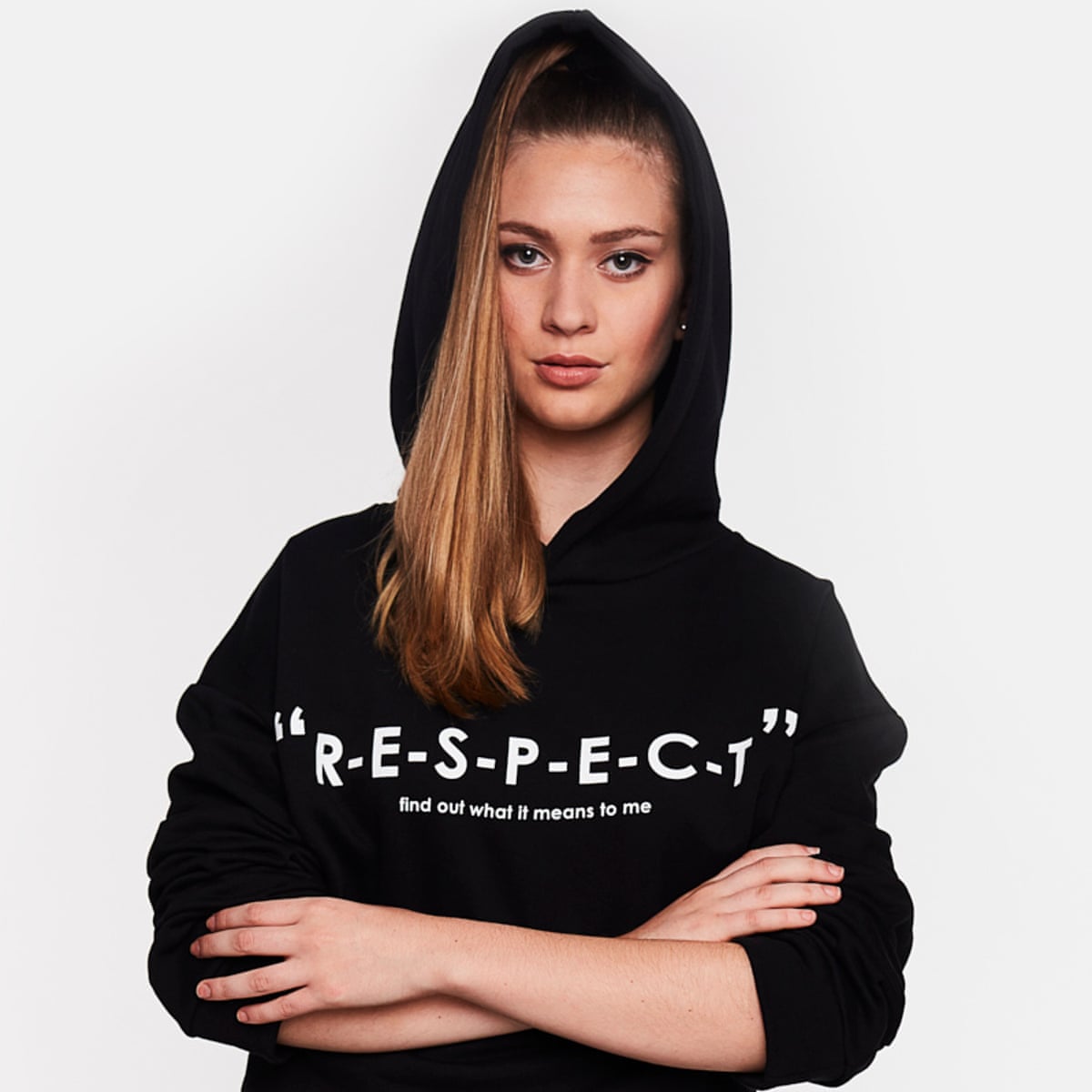This article compares fast fashion and sustainable fashion, two contrasting approaches within the ethical fashion movement. Fast fashion relies on mass production, leading to high pollution, deforestation, and textile waste. It often involves sweatshops and exploitative labor practices. In contrast, sustainable fashion focuses on reducing its ecological footprint, using eco-friendly materials and fair labor practices. Fast fashion encourages overconsumption and throwaway culture, while sustainable fashion promotes mindful consumption and the reuse of clothing. It is important for consumers, brands, and policymakers to understand these differences and make choices that align with sustainability and social justice.
Fast Fashion vs. Sustainable Fashion: Comparing the Ethical Fashion Movement
Introduction
The fashion industry has seen significant changes over the years, with a growing emphasis on ethical practices. Fast fashion and sustainable fashion are two contrasting approaches that have emerged as part of the ethical fashion movement. This article aims to compare and contrast these two fashion paradigms, highlighting their impact on the environment, labor conditions, and consumer behavior.
Environmental Impact
Fast Fashion: Fast fashion focuses on mass-producing inexpensive clothing, generally with a shorter lifespan. This model relies on the constant turnover of collections to stay on-trend, resulting in increased production, high water usage, and excessive waste. Fast fashion contributes to pollution, deforestation, and adds to the volume of textiles piling up in landfills.
Sustainable Fashion: Sustainable fashion values environmental responsibility and aims to reduce its ecological footprint. It emphasizes eco-friendly materials, such as organic cotton or recycled fabrics, and embraces practices like zero-waste pattern cutting and waterless dyeing. Sustainable fashion also encourages recycling, upcycling, and the use of renewable energy sources in production.
Labor Conditions
Fast Fashion: Fast fashion often relies on sweatshops and exploitative labor practices to keep costs low and maintain quick production turnarounds. Workers, particularly those in developing countries, face low wages, long working hours, and unsafe working conditions. The demand for cheap and fast clothing perpetuates exploitation within the fashion supply chain.
Sustainable Fashion: Sustainable fashion places importance on fair trade and ethical labor practices. Brands that follow this approach ensure that workers receive fair wages, safe working conditions, and social benefits. They prioritize transparency and work towards empowering artisans and communities, providing them with sustainable livelihoods.
Consumer Behavior
Fast Fashion: The fast fashion model heavily relies on consumers’ desire for new, trendy clothing at affordable prices. Fast fashion brands constantly churn out new collections, encouraging customers to buy impulsively and frequently. This leads to overconsumption, as consumers often discard items after minimal usage, perpetuating a throwaway culture.
Sustainable Fashion: Sustainable fashion aims to promote mindful consumption and a more conscious approach to shopping. Consumers are urged to buy fewer, higher-quality garments that are durable and timeless. Sustainable fashion encourages the reuse and repair of clothing, along with adopting practices like clothing swaps, second-hand shopping, and supporting ethical brands.
Conclusion
Fast fashion and sustainable fashion represent two opposing approaches within the ethical fashion movement. While fast fashion prioritizes affordability and immediate trends, it comes at the cost of significant environmental damage and exploitative labor practices. On the other hand, sustainable fashion promotes responsible production, fair labor conditions, and mindful consumption to minimize its ecological impact. It is essential for consumers, brands, and policymakers to recognize the differences between these two models and make conscious choices that align with sustainability and social justice.
